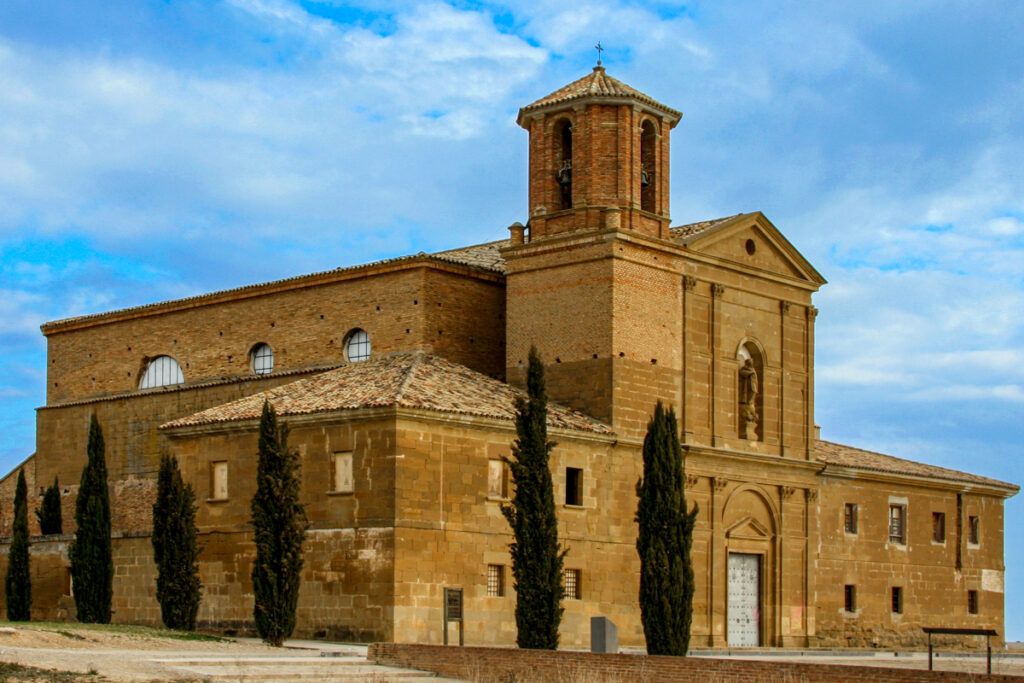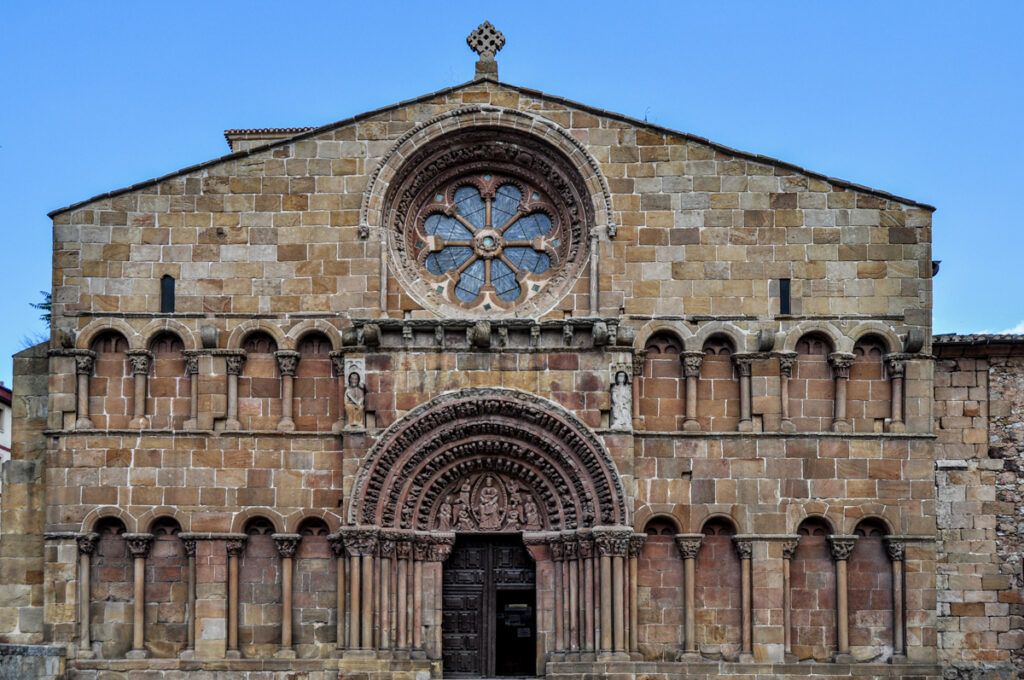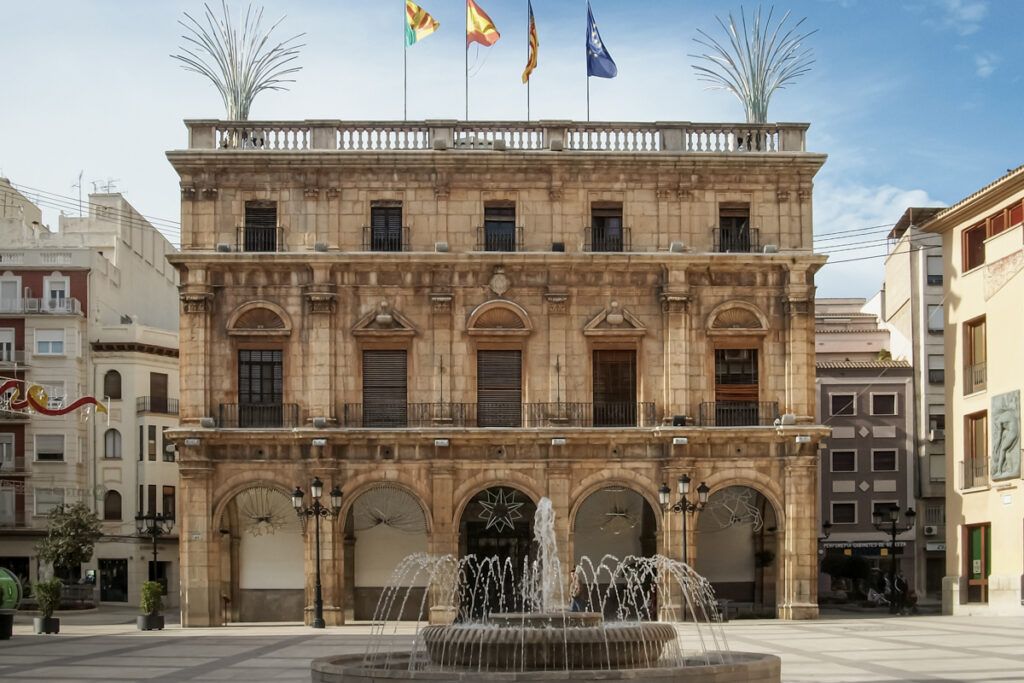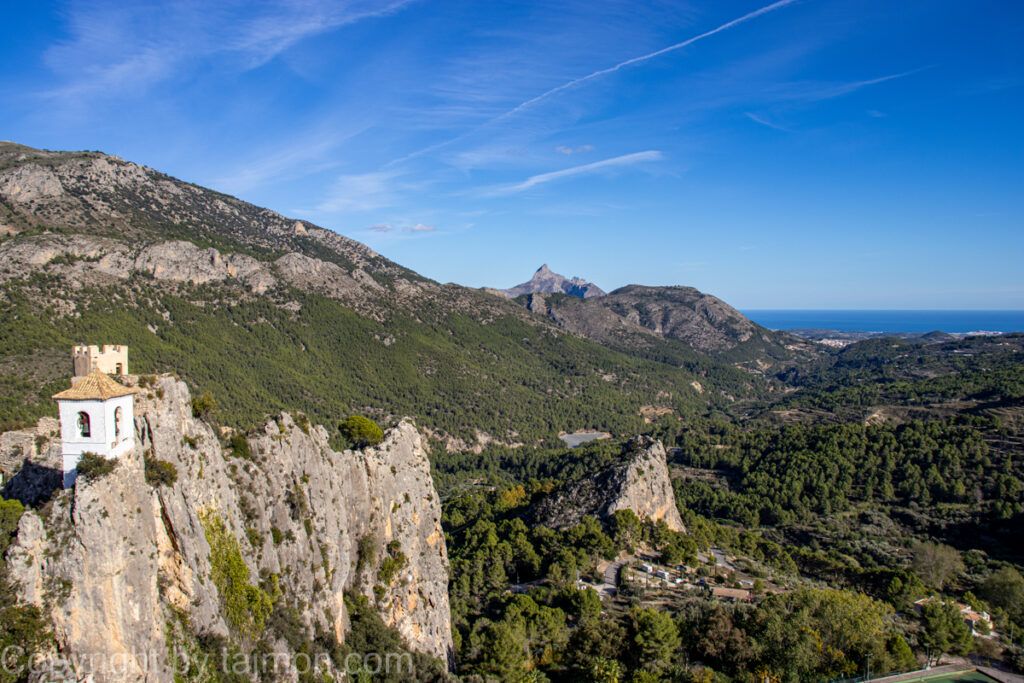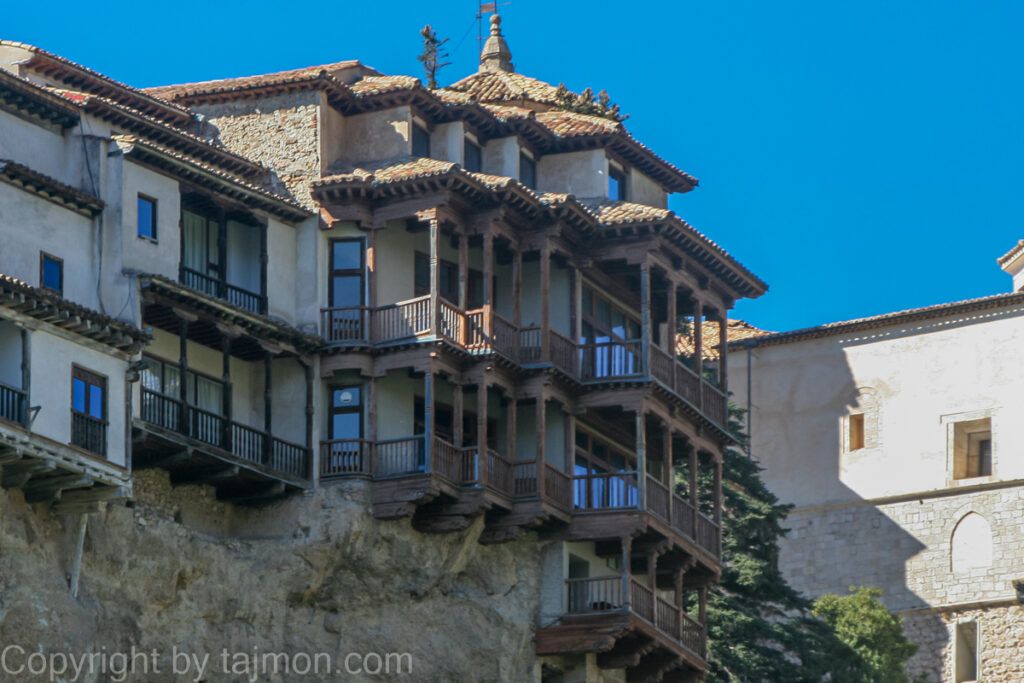Real Casa de Moneda in Segovia
The Real Casa de Moneda is a building that was built in 1586 at the behest of King Philip II, who wanted to introduce a new technique of minting coins using water-powered rollers in Spain. The building was designed by Juan de Herrera, a renowned architect and mathematician, who was also the author of the Escorial and Alcázar de Segovia. The Real Casa de Moneda is recognized as one of the oldest and most advanced coin factories in Europe, as well as the first one that belonged directly to the Spanish crown.
The Real Casa de Moneda consists of several buildings that form an architectural ensemble on the banks of the Eresma river. The main building has three floors and a length of over 100 meters. On the ground floor were workshops where coin makers, craftsmen involved in the production of coins, worked. On the first floor were warehouses where raw materials and finished coins were stored. On the second floor were offices where officials and quality controllers worked. On the roof were four towers, which served as observation and defense points.
The Real Casa de Moneda was equipped with modern machinery, called “ingenios”, which consisted of rollers, stamps, presses, and scissors, powered by 12 water wheels. Water was taken from the Eresma river and directed to channels and tanks, which regulated its flow and pressure.
This system allowed for the production of about 30,000 coins a day, which was a huge amount compared to traditional manual methods. Coins were minted from various metals, such as gold, silver, copper, and tin, and had different denominations and patterns. Among them stood out the famous “reales de a ocho”, or eights, which were the basic monetary unit in the Spanish empire and a commonly used currency worldwide.
The Real Casa de Moneda functioned as a mint until 1869, when it was closed due to the fall of the monarchy and the introduction of the peseta as a new currency. In 1882, the building was sold to a private owner, who set up a paper factory in it. In 1947, the building was sold again, this time to an electric company, which installed a hydroelectric power plant in it. In 1985, the building was purchased by the city of Segovia, which began its renovation and adaptation for cultural and tourist purposes.
Today, the Real Casa de Moneda is managed by the Real Ingenio de la Moneda Foundation, which takes care of its conservation and promotion. Inside the building, you can visit a museum that presents the history and technology of coin production, as well as collections of coins, documents, tools, and machines related to the mint’s activity. You can also see reconstructions of workshops, offices, and warehouses, as well as original water wheels and channels. The building also houses an interpretation center of the aqueduct, which shows the importance and functioning of this ancient engineering work, which supplied water to the city and to the mint.
The Real Casa de Moneda is not only a monument but also a symbol of economy and culture. Its construction and operation testify to the advancement and innovation of Spain in the Renaissance and Baroque periods, as well as its role as a world monetary power. Its history and collections show the evolution and diversity of currencies and payment systems, as well as their impact on society and trade. The Real Casa de Moneda is therefore a place worth visiting to learn about and admire a work of art that is a living testament to history and economics.
Return to the table of contents of the Segovia guide >>>>>>>>>>

